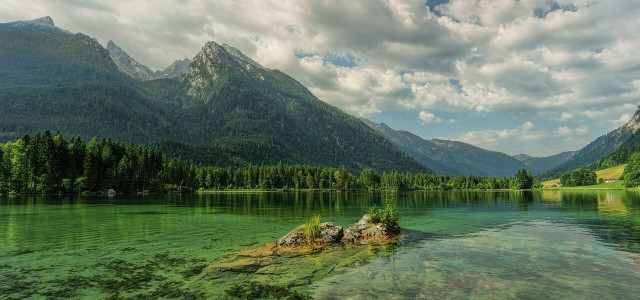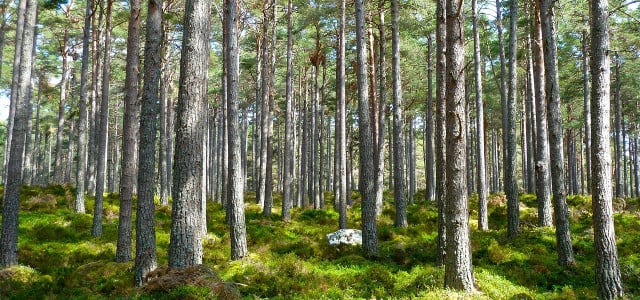You know about the massive importance of biodiversity — but did you know that there are different types of biodiversity? Let's get into the significance of genetic, species and ecosystem diversity.
Biodiversity can be summarized as the variability of all living things as they co-exist in a particular habitat. The word can be broken down into 2 components: Bio, meaning life, and diversity, meaning variation. There are three main types of biodiversity in which the issue is explored, considered, and studied. Together, these different types of biodiversity work together to create the complexity of life on Earth:
- genetic diversity
- species diversity
- ecosystem diversity
Life within a biosphere or ecosystem can range from animal and plant life to fungi, microorganisms, and other lifeforms surviving exempt from the human eye.
The current estimate for the number of species living on earth is around 8.7 million, yet this could be grossly underestimated considering how many species are likely still undiscovered. The IUCN lists only some 2 million species, but they specify that “this is a large underestimate of the total number of species in the world” as it only lists those species that have been described in their lists. Other researchers have concluded that there must be 1 trillion species living on Earth after analyzing microbe DNA from over 30,000 sites worldwide.
Did you know that there are many threats to biodiversity that are thought to be just as catastrophic as climate change?
We’ll look deeper into the three types of biodiversity so that we can raise our awareness of how life on the planet needs other life to connect with, in order for the world to flourish.
1. Genetic Biodiversity



(Foto: CC0 / Pixabay / Efraimstochter)
Genetic diversity can be described as the variety of genes in any given species, or basically, its gene pool. Here we are referring to the DNA and the diversity of that DNA within the species group.
What is this type of biodiversity helpful for?
A diverse DNA allows for easier adaptation to changes in the biosphere, or ecosystem, as are occurring all over the world, especially now with the acceleration of climate shifts, and pressure on habitats by human expansion. This variety in DNA may also help when a species is confronted with disease, minimizing whole species extinction.
How does genetic biodiversity show?
Genetic diversity can be suggested by what an animal, plant, or other living organism actually looks like, but is more correctly analyzed via direct DNA assessment. These differences in genetic diversity are what make up the similarities and differences we may see across a species, such as color, patterns, sounds, and behavior.
What are examples of genetically diverse groups?
Often the most diverse species are those that have been around for a long time and consequently have been able to evolve within their own species group. Marsupials, for example, have a long lineage and are therefore very diverse, whereas kangaroos, come from a much newer evolutionary background.
We know that many species have been lost to extinction for one reason or another (one only needs to think of the Dodo, or the Tasmanian tiger, hunted to extinction by European settlers in Australia), but we now have the chance to look to those species that are in grave danger and ramp up our conservation efforts.
Read more: Why Did the Dodo Bird Go Extinct? A Detailed Guide to the Friendly Bird
2. Species Diversity
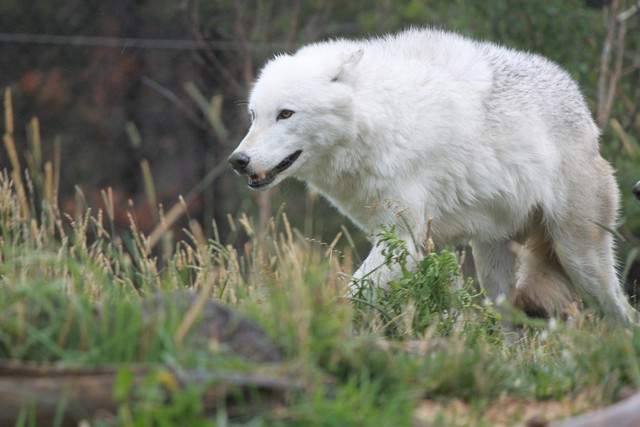


(Foto: CC0 / Pixabay / veronicaannehill)
Another type of biodiversity is at the species level. Species diversity refers to the population of a given species, and the role they play in the surrounding ecosystem. Many ecosystems are made of varied communities of life. As an example, there may be a given number of prey and predators, which result in a balance of kinds. The systems thrive when both populations are in balance.
What is this type of biodiversity helpful for?
An example between the importance of species being balanced: If predators are depleted, such as what happened with the wolves in Yellowstone Park, prey species numbers can greatly soar, having a knock-on effect on other wildlife, in this case having a negative impact on badgers and plant populations.
How does species diversity show?
The more species diversity, the more there is likely to be more than one predator and prey species. This means that a surge or decline in one can be brought back to balance naturally, as each species finds its place in the shared habitat.
What are examples of regions with high species diversity?
Some regions have a great deal more species diversity than others. Tropical rainforest ecosystems and coral reefs, for example, are home to more species than say a salt flat or stream. The level of human impact, such as pollution in rivers and seas, will also have an effect on the natural balance of species diversity.
In some areas, species are limited to one ecosystem, such as the bonobos of the Congo or many of the endemic species in Australia.
3. Ecosystem Diversity
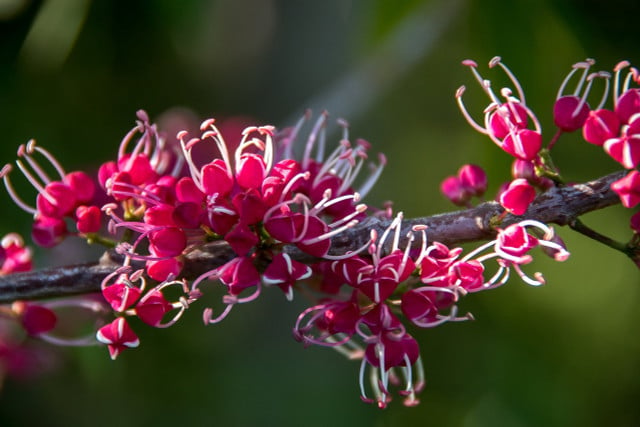


(Foto: CC0 / Pixabay / sandid)
Ecosystem diversity can be thought of as the variety of ecosystems (or habitats) in any given geographic place. Ecosystems are entire communities of organisms, from the smallest to the largest. The ecosystem functions as a whole, with each species playing its particular part. Ecosystems vary in size and can range from what’s found under a rock or in a pond or lake, to a more broad scale such as what’s found in a woodland, a forest, coral reef, tundra, or desert.
This type of biodiversity takes into account differences in biological and non-biological agents of biodiversity, which may include factors such as climate change.
What is this type of biodiversity helpful for?
Locations which have a high level of ecosystem diversity are likely to thrive better than those with smaller differences, and these will be the areas most protected by dramatic environmental shifts, disease, and pollution, for example.
What are examples of the importance of ecosystem diversity?
One example of changes that can affect ecosystem diversity is the Great Barrier Reef, off the coast of Australia. It’s home to over 9,000 marine species, making it one of the possibly most diverse habitats on the planet. However, the area is home to numerous reef fish, and of the numerous roles performed by reef fish, approximately 40 percent are undertaken by a single species. If the reef fish were to disappear, there are no other species (until one may adapt) to take over their job. This is also an example of how the types of biodiversity all rely on each other for optimal functioning.
Find out more: The Importance of Ecosystem Diversity
Other Interesting Facts About Biodiversity
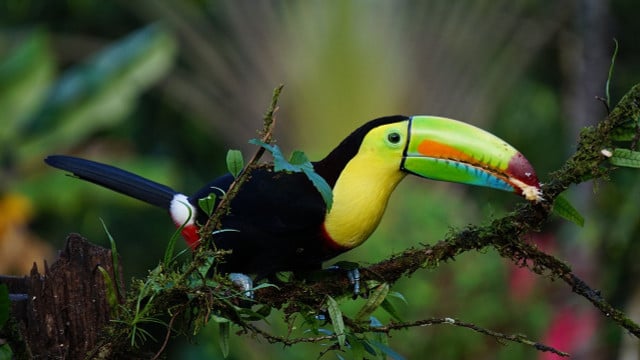


(Foto: CC0 / Pixabay / FINTANOBRIEN)
Did you know that countries with very high levels of biodiversity are labeled as megadiverse? The megadiversity label is currently assigned to countries including Australia, Brazil, China, Colombia, Ecuador, the United States, Philippines, India, Indonesia, Madagascar, Malaysia, Mexico, Papua New Guinea, Peru, and the Democratic Republic of Congo. These countries may account for around about 70 percent of our planet’s total biodiversity.
There are many threats to all types of biodiversity, including habitat loss, climate change, and introduced invasive species.
All types of biodiversity need to be protected, and there are policies and protocols in place to try and reduce habitat degradation and conserve biodiversity, such as an international treaty called the Convention of Biological Diversity. You may have heard of this as COP. This is a treaty between over 190 countries to manage sustainable development and deliver a conservation effort, and they meet every two years. Some scientists and activists suggest the convention does not do enough to combat the environmental changes upon us.
Recommended read: How to Get Involved in Environmental Activism in 2023
There is also an Endangered Species Act in place. This is a federal policy for the protection of biodiversity. If you’d like to know more, you can read about the 15 most endangered animals in the US and the 15 most endangered species in the world.
Read more:
- Biotic and Abiotic Factors in an Ecosystem — Explained
- Endangered Trees: 10 At-Risk Species
- Flowers for Bumblebees: How to Help Endangered Bumblebees
Do you like this post?







